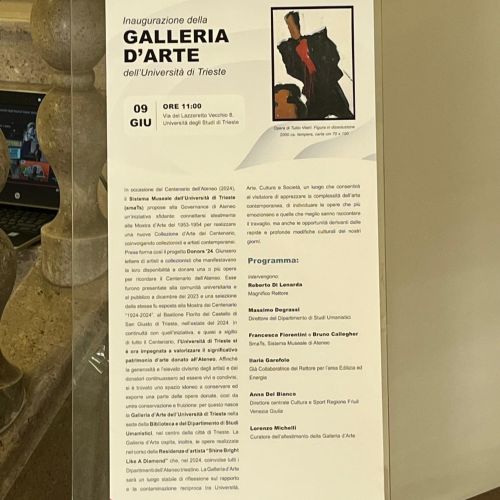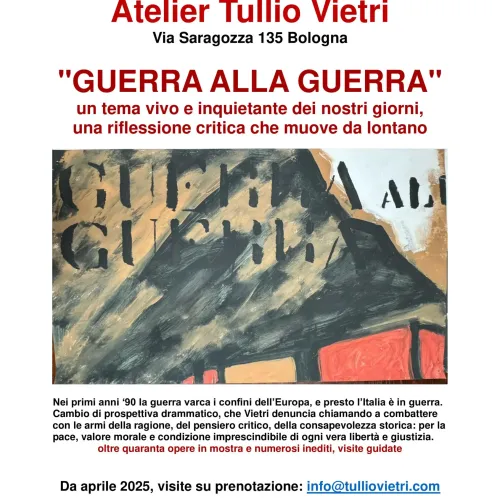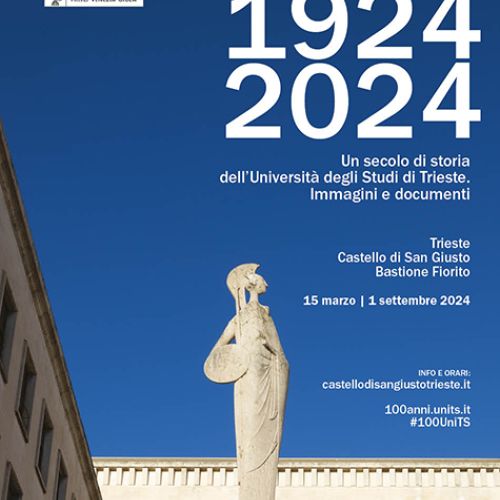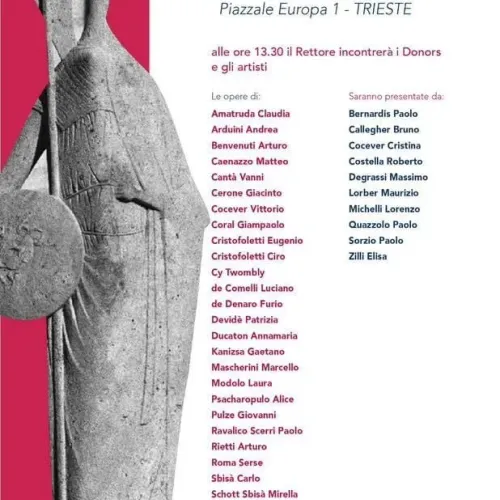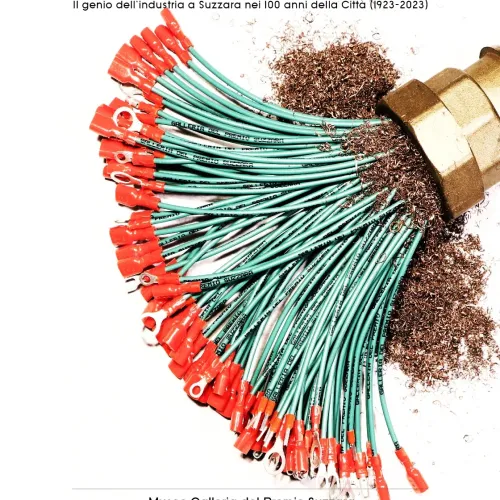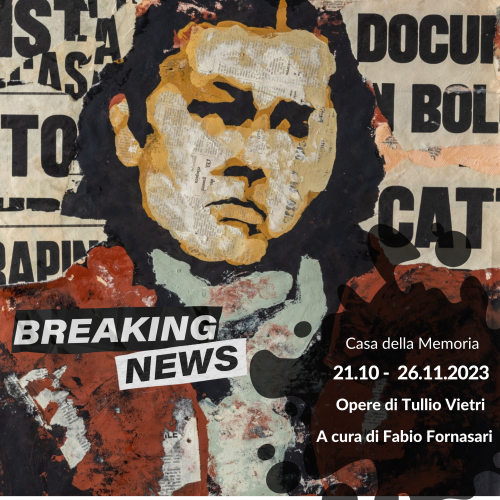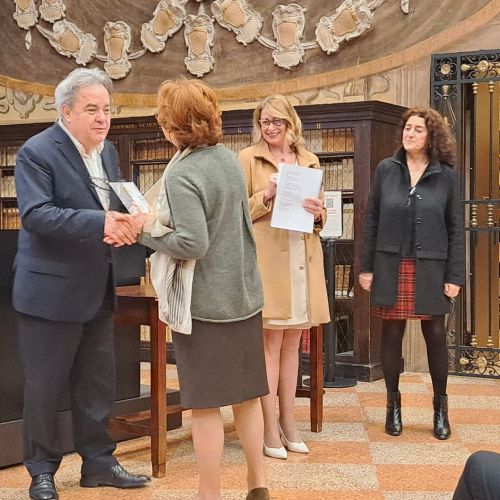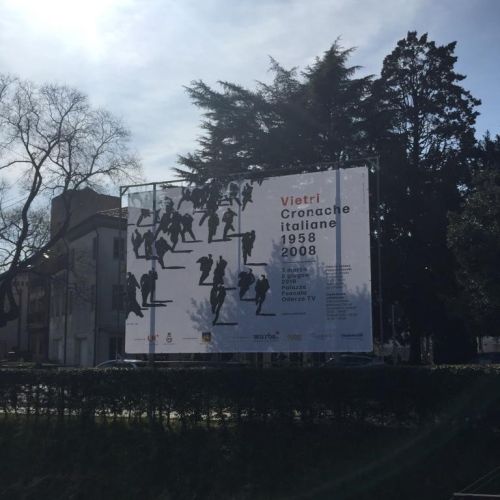Through the years
Vietri observes reality, sees its contradictions and dangers, catches the signs of change. His painting reflects this transformation, taking on specific connotations that refer back to specific historical periods, here schematically referred to as decades.
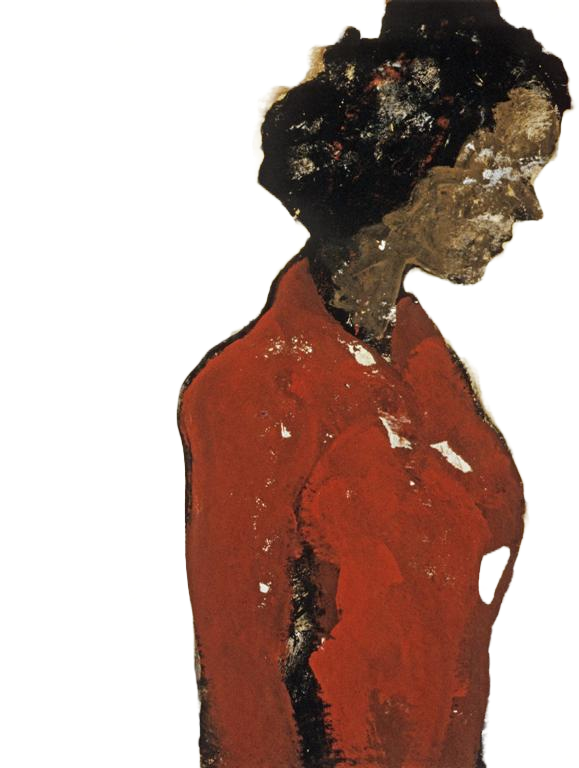
Vietri observes reality, sees its contradictions and dangers, catches the signs of change. His painting reflects this transformation, taking on specific connotations that refer back to specific historical periods, here schematically referred to as decades.
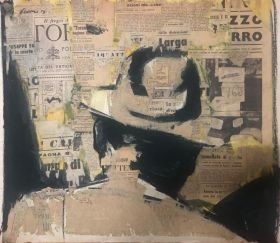

The 40s/’50s
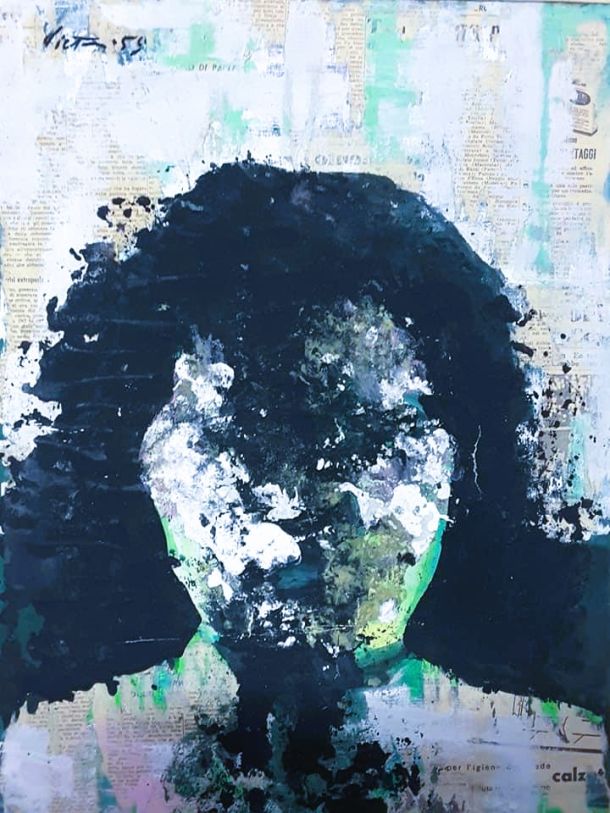



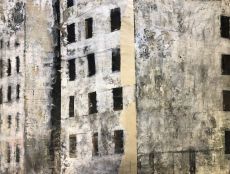
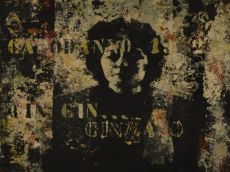
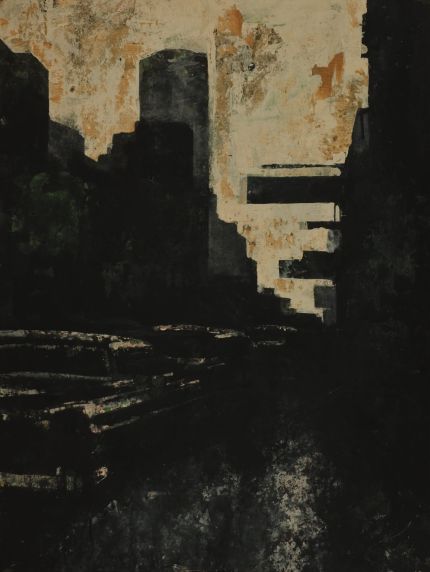

The ‘60s

Post-war reconstruction gave rise to a new, dynamic society, projected towards continuous growth. During these years, Vietri reached full artistic maturity and systematically focused his attention on the new ways of living and producing, on ongoing processes.
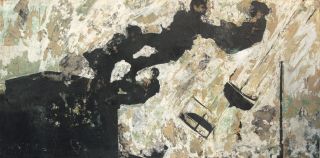
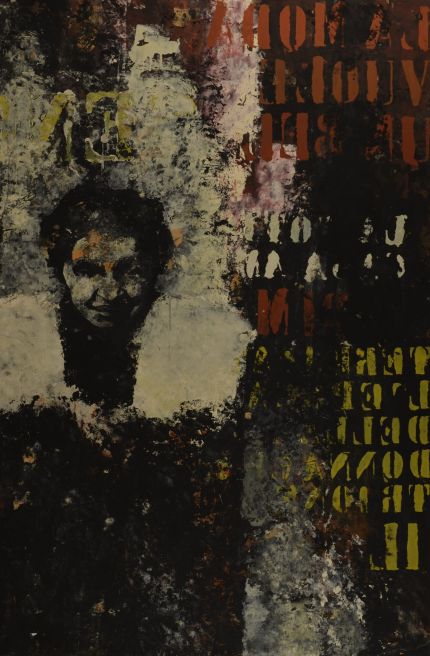
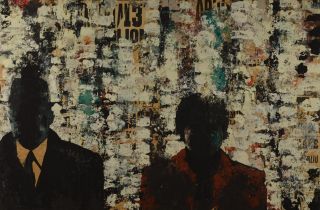

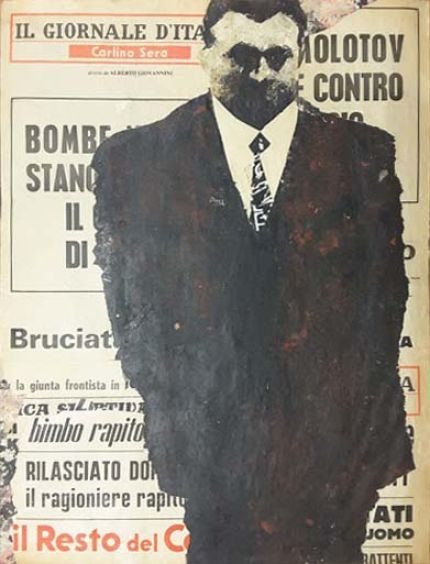

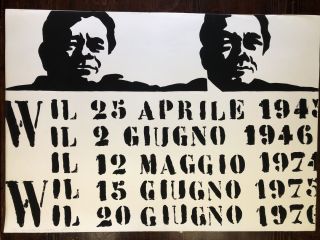
The ‘70s
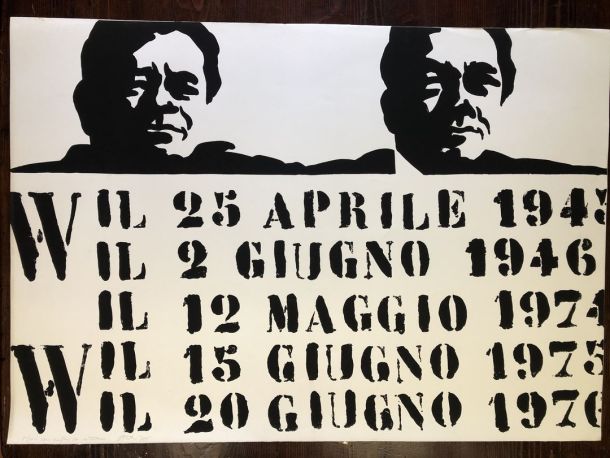
New scenarios open up that demand new keys to interpretation and a strong civil commitment, for Vietri and specifically for the world of culture and art. These are tormented years, also for him personally, who distances himself from the art world on radical critical positions and progressively isolates himself.
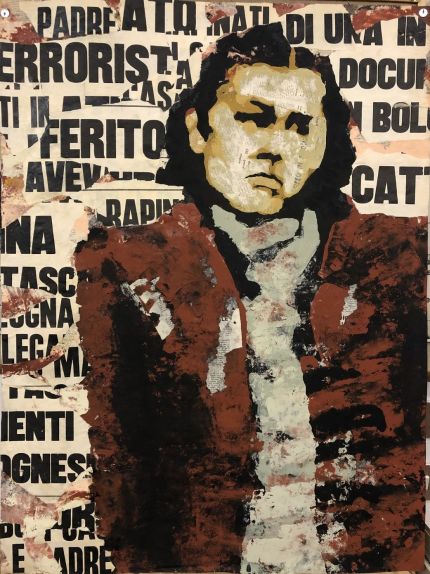


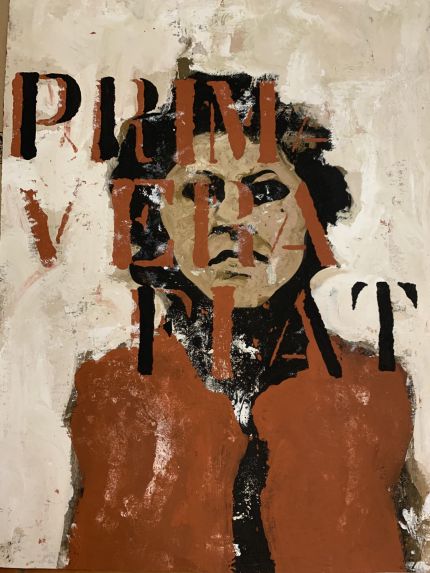
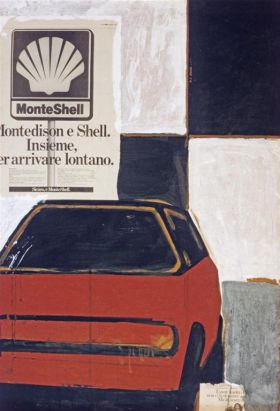
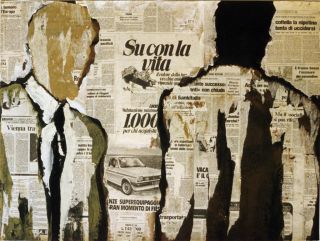
The ‘80s
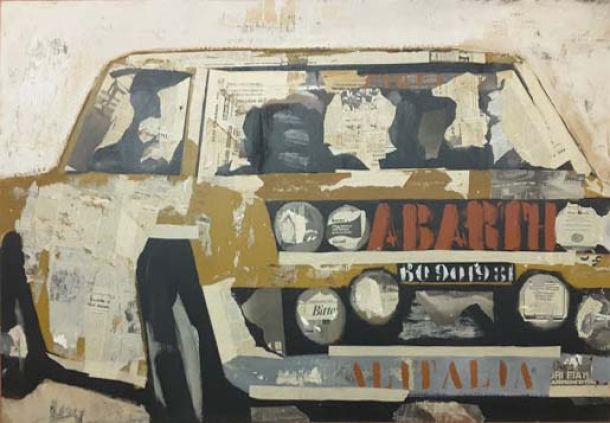
The great tensions of the previous decade are eased in a new wave of prosperity. The development model and lifestyle are once again
the focus of attention in Vietri’s art.
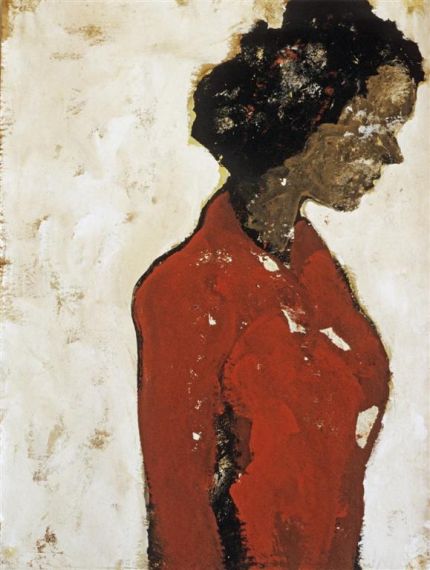

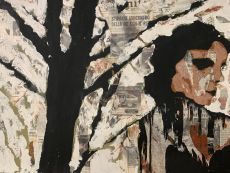
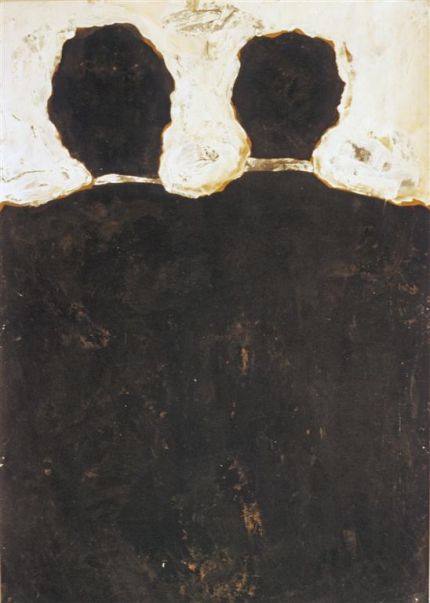
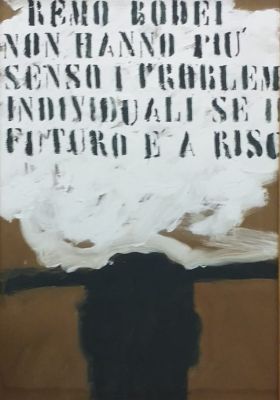
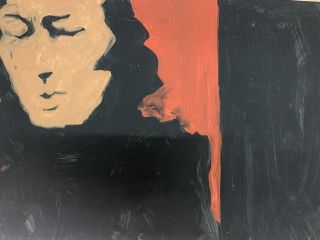
The ’90s
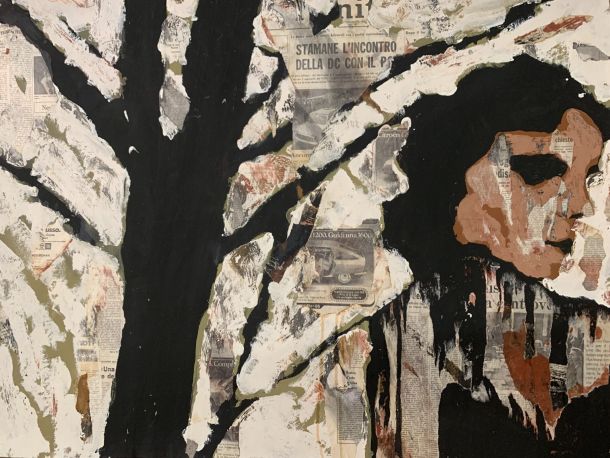
In 1989, the Berlin Wall fell and the Cold War ended, but other wars didn’t. Vietri’s passionate humanism rebels against the idea of war, the defeat of a civilisation that renounces rationality and disperses the profound meaning of democracy.
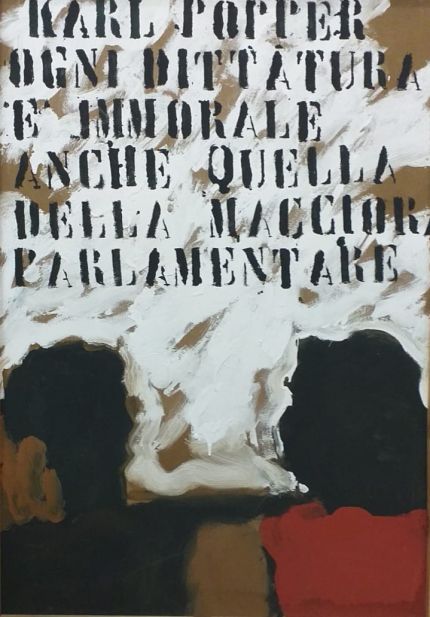

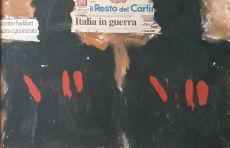
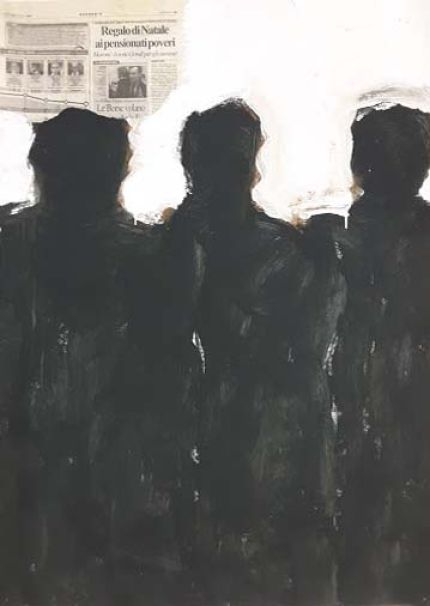
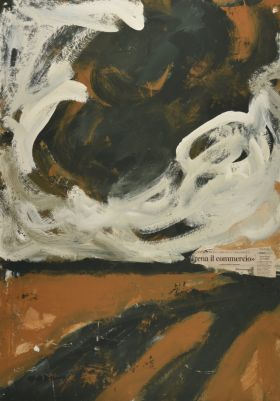
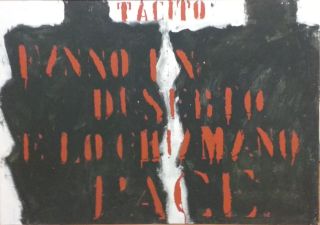
The 2000s
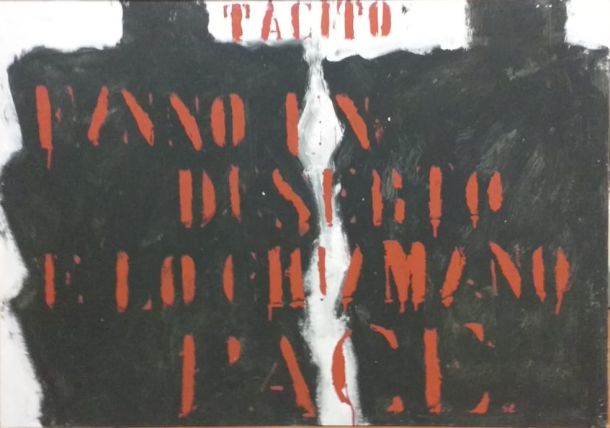
The world is increasingly globalized and torn by conflicts, between commercial competition and clash of civilisations.
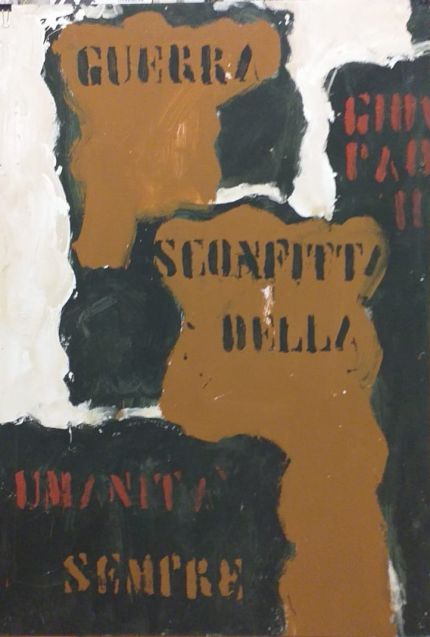

Events & News
Highlights of special moments, near and far.
The Atelier
The atelier preserves the family’s rich pictorial and graphic collection (approximately 1,500 pieces, between paintings and graphics). It periodically organizes temporary exhibitions within its spaces, in order to promote knowledge about the collection, displaying the works in rotation.
It is located in Bologna in Via Saragozza 135 under the historic portico of San Luca.
The Atelier can be visited, by appointment, from October to June. Guided tours available.
The Museum
The Biblioteca Civica, managed by the Oderzo Cultura Foundation, displays the core of the collection owned by the Municipality of Oderzo, by the artist’s behest, custodian of his artworks (about 4000 pieces including paintings and graphics).
It is located in Oderzo (TV) in Via Garibaldi 80 at the Civic Library.
It can be visited during library opening hours and by appointment.
